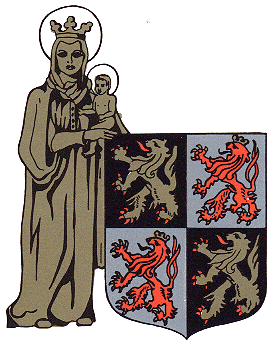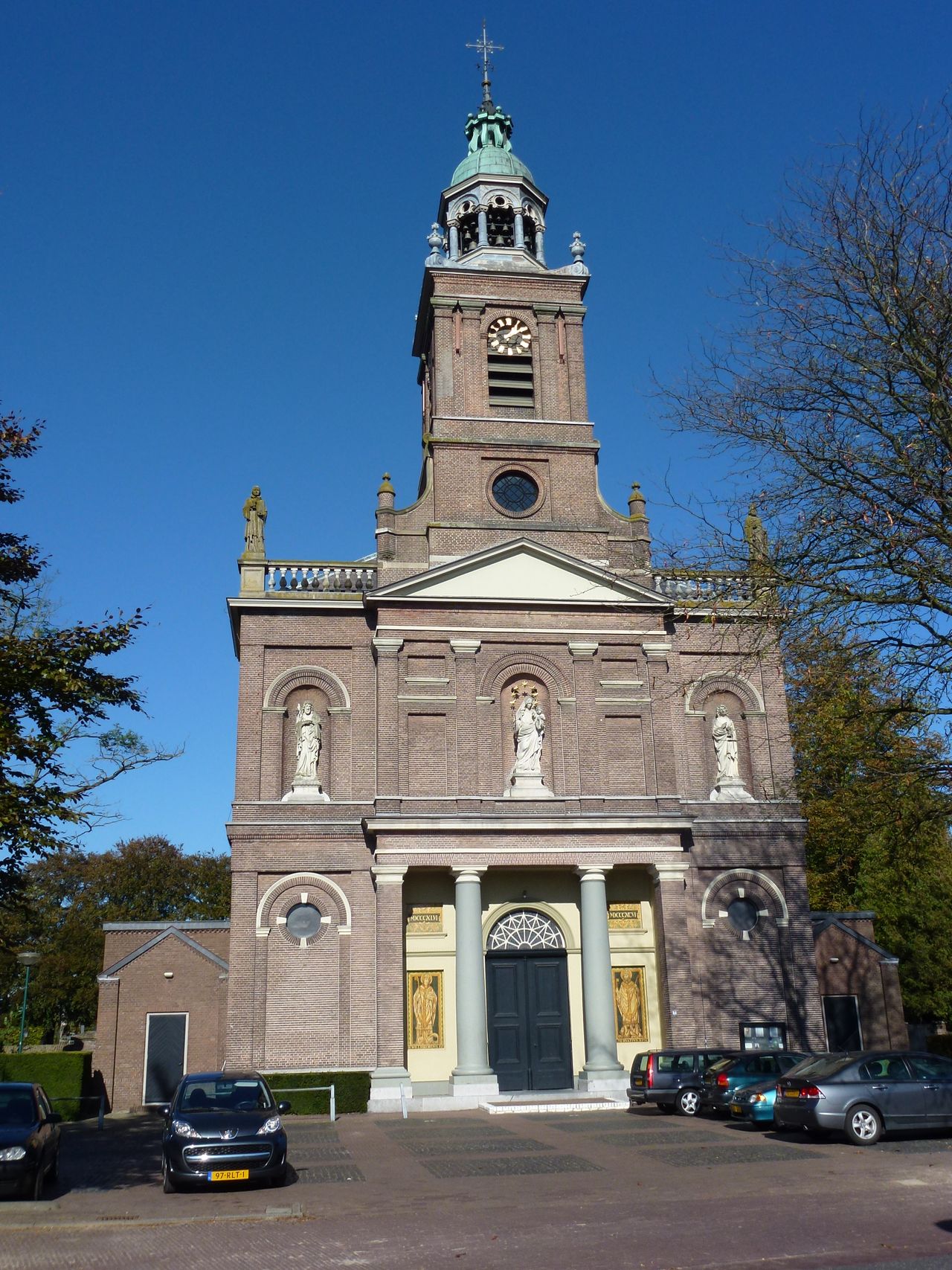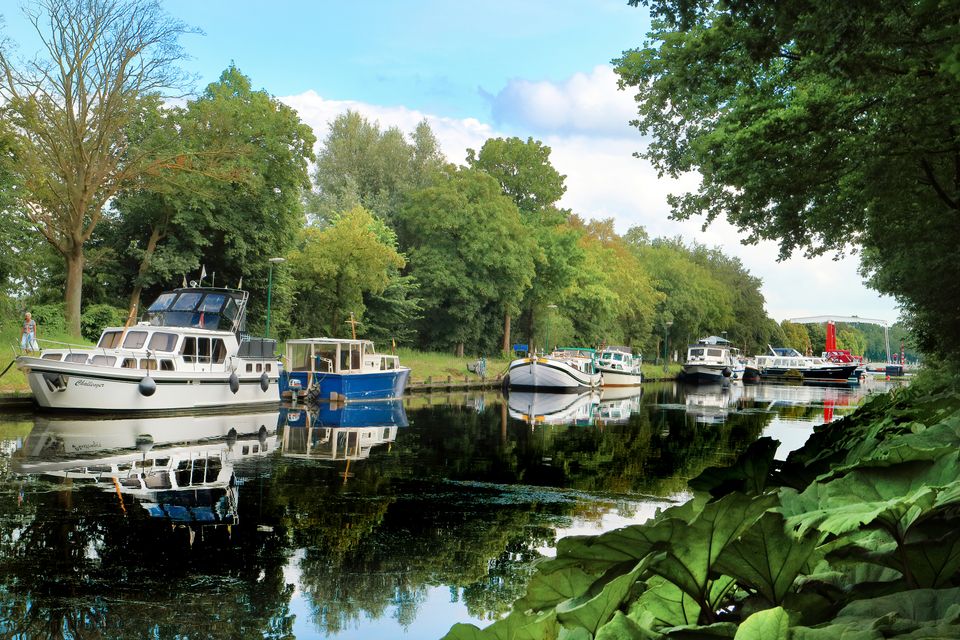Aarle-Rixtel (Peellands dialect: Ale) is a village, former seigniory and former municipality, situated in the Peelrand. Aarle-Rixtel is the second largest core of the municipality of Laarbeek, north of the municipality of Helmond. Aarle-Rixtel had 5,720 inhabitants on 1 January 2020 (source: CBS).
Aarle-Rixtel has several places of interest such as the Croy Estate or the bell foundry Petit & Fritsen. But also beautiful nature reserves where you can make beautiful bike and walking tours.
History
Historically, the village consists of two former cores: Aarle and south-east of it Rixtel. Incidentally, after about 1810, the centers of Aarle and Rixtel formed a single municipality of Aarle-Rixtel. This was merged into the municipality of Laarbeek on 1 January 1997.
In the twentieth century, both cores have completely fused together. As a result, Aarle-Rixtel has become a relatively large and long village, a small part of which was cut off in 1823 by the construction of the Zuid-Willemsvaart. Two important monasteries were built in Aarle-Rixtel: The Convent of the Sisters of Charity in 1856 (Mariëngaarde) and the Convent of the Missionary Sisters of the Precious Blood in 1903.

The Coat of Arms van Aarle-Rixtel
The coat of arms is a combination of the parish saint and the ducal coat of arms Brabant-Limburg. Aarle and Rixtel are already mentioned in 1300 as an area of the Duke of Brabant. In the 14th century, Aarle belonged to Rixtel. The duke had lent the area to the De Rover family since 1392. After that the manor was in the hands of the Van Ghent and Oudart families. In 1641 the lordships reverted to the States General and officially ceased to exist.
The alderman's bank was probably originally in Rixtel, later in Aarle. In 1359 there are aldermen in Rixtel, but since 1368 only van Aarle. The oldest seal imprint dates from 1488, this seal is already mentioned in 1450. The seal depicts the parish saint next to the quartered ducal coat of arms. Since the glory was pledged as early as 1392, it reflects an older situation. This seal has been in use until the end of the 18th century. The coat of arms is clearly derived from this seal. It was granted in royal colors by the High Council of Nobility in 1817, as the municipality had not indicated any colors in the application. This was restored in 1961.
In 1941 a new design for the weapon was created by J.L. van de Gouw, which was kept in the letterhead by the municipality until 1961 (see also below). In this design, St. Mary was already behind the shield and not, as in the official description, next to the shield.

Churches and Monasteries
Aarle is the place where the chapel of Our Lady in 't Zand is located. Both places had a parish church, but these churches were joined by the Protestants in 1648. After 1672 a Schuurkerk was built in between the two parishes, whereby the parishes grew together. The Protestants were so few that they were unable to maintain the two former parish churches. They fell into disrepair and the parish church of Rixtel was demolished in 1818. The Aarlese church, the former Mariakerk, was still used by the Protestants for a long time.
In 1798, Catholics were given the opportunity to take back St. Mary's Church, but they preferred to stay in the barn church and then build a new one. The Protestants also preferred a new church, as restoration of the Maria Church was not feasible. The number of members of the Reformed Church, however, had grown, partly due to the help of the Maatschappij van Welstand, which had bought up farms where Protestant farmers came to live. Under the leadership of Arnoldus van Veggel, a water management church was built, which was completed in 1847. It was an octagonal hall church. Architecturally, it was poorly constructed and the façade collapsed in 1872, after which the church was completely demolished in 1873 and a new church was built which was completed in 1874 and is now known as the Kouwenbergs church. The architect was Martin Dreesen.
In the early 1800s there was a severe cholera epidemic here. King Louis Napoleon, who was King of Holland at the time, made the longest journey any monarch ever made in the Kingdom of Holland. During the trip, the king provided personal assistance with this cholera epidemic in Aarle. Nowhere in the Netherlands today is a monument in memory of the king; The exception is Aarle, where a monument of Louis Napoleon has been placed right in front of the reformed church.
Catholics also got their water management church. This was completed in 1846 and still functions as a parish church for Aarle and Rixtel. This church is also attributed to Arnoldus van Veggel.


